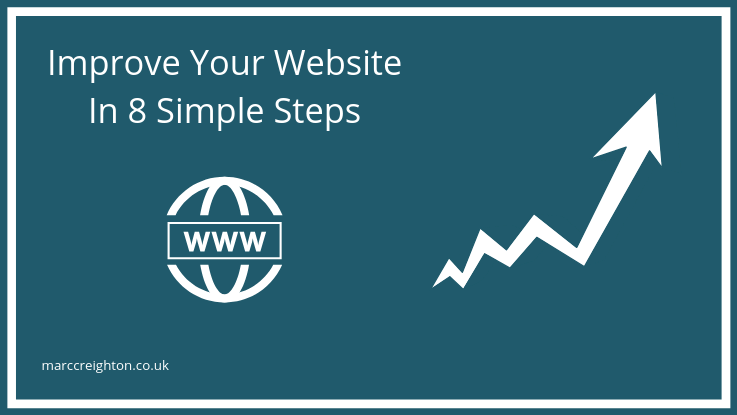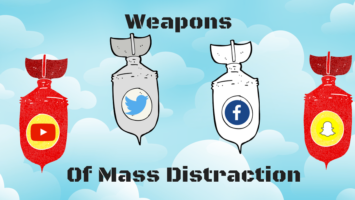
Over on Social Media Manager Ireland, we work with a lot of clients, helping improve their digital presence. Part of my work is showing clients how to improve their websites and in turn their search engine performance.
There are several simple steps that you can implement quickly and see results almost immediately. Remember, even the most non-technical of users can do this using both WordPress and Yoast.
Steps to improve your website
Step One - Page title tag
The page title is the is a nice simple one to get us started. This text appears on the browser tab when somebody browses your website. Search engines will use this to identify what the content of your page contains. Search engine results will also display the title.
If you're using WordPress with Yoast, this is an easy fix to improve your website. Scroll down to the 'snippet preview' and click 'edit snippet', you can now edit the 'SEO Title'. Yoast will guide you with the length, and ideally, you should aim for 160 to 230 characters.
When you're working in HTML code you need to enter this information in the <head> section between <title> and<title/> tags.
Step Two - Page description
Think of the page description as an extension of the page title tag. The page description is an extended form version of the title tag but shows only in search engine results and snippets when posted on social media.
Again, if you're using WordPress with Yoast, this is an easy fix to improve your website. Scroll down to the 'snippet preview' and click 'edit snippet,' you can now edit the 'Meta Description.' Yoast will guide you with the length, and ideally, we recommend descriptions to be between 50–160 characters.
If you're working in HTML code you need to enter this information in the <head> section between <description> and<description/> tags.
Step Three - Page content
The quality of your page content is key to your search engine ranking. The content needs to contain all the keywords that you wish to rank for, but don't overload it with your keywords. Also, the content length should be over 300 words. Ideally, your content should be around 800 to 900 words if it's a blog post, for instance.
Step Four - Internal page links
Internal page linking is a simple concept; you create links within your page, article, or post pointing to another page on your website. Using internal page links help search engines understand the layout and relationships of pages on your site. Internal links can also help to establish the hierarchy of your website, and help search engines index new content faster. Also, it can help visors to your site stick around longer (bounce rate) and aid the visibility of older pages on your website.
Step Five - External links
Step Six - Use HTTPS
Using the HTTPS protocol on your website has become vastly more important since Google changed its HTTPS rules back in 2016 and started enforcing them in 2018. I wrote at length about moving your WordPress site to HTTPS so I won't cover it again here, but I can't emphasise the importance of moving to HTTPS enough.
Step Seven - Add a Robots.txt file to your site
As the name suggests 'robots.txt' is a simple text file that tells search engine bots two things:
- Which files on your website to index (be warned some bots will ignore you)
- The location of your sitemap for quicker indexing.
Step Eight - Add a Sitemap.xml file to your site
A sitemap like a robots file is also a simple text file, albeit in a structured way. The sitemap lists all of the pages on your website.
Our sitemap.xml file can be seen here. Our sitemap is automatically generated and updated by the Yoast plugin on my website.
Summary
This post on how to improve your website is aimed at beginners who run and manage their sites. I have seen and worked on many sites across Ireland and the UK that haven't implemented these necessary steps and are losing ground on their competitors. If you'd like to have an informal chat on how I can improve your digital presence, then drop me a line over at Social Media Manager Ireland.




Leave a Reply